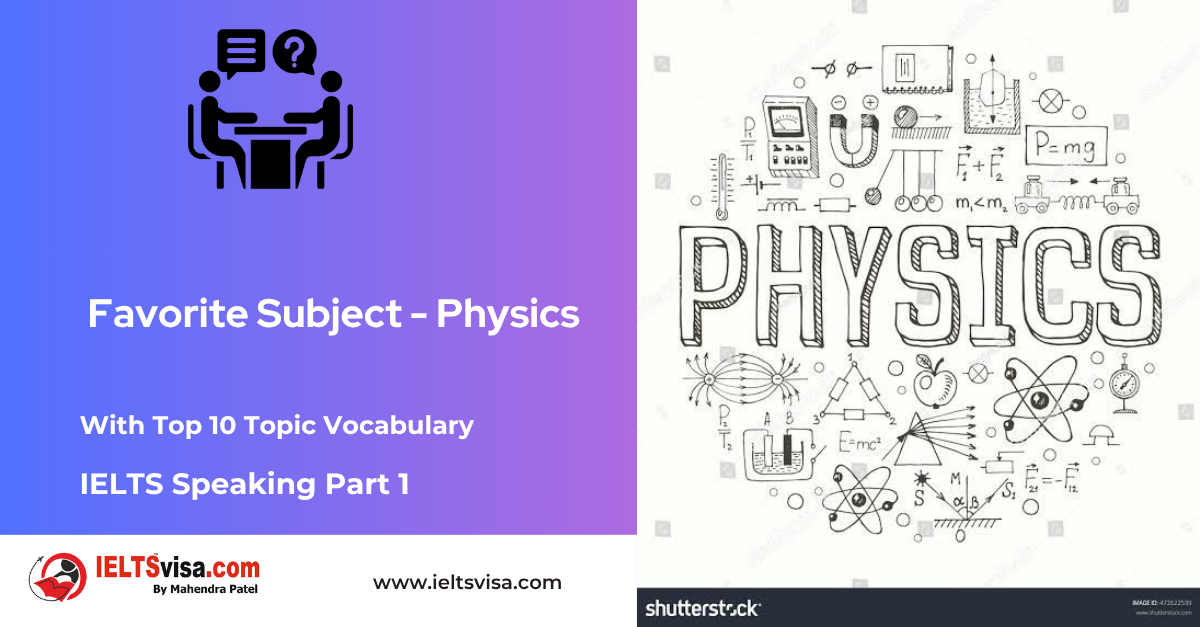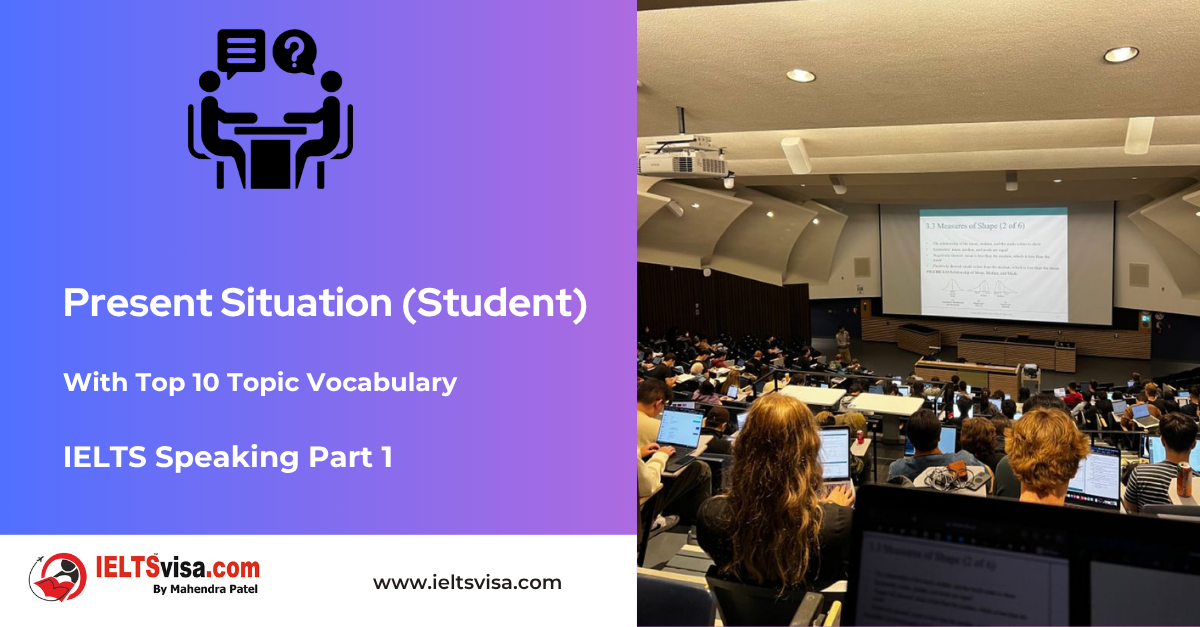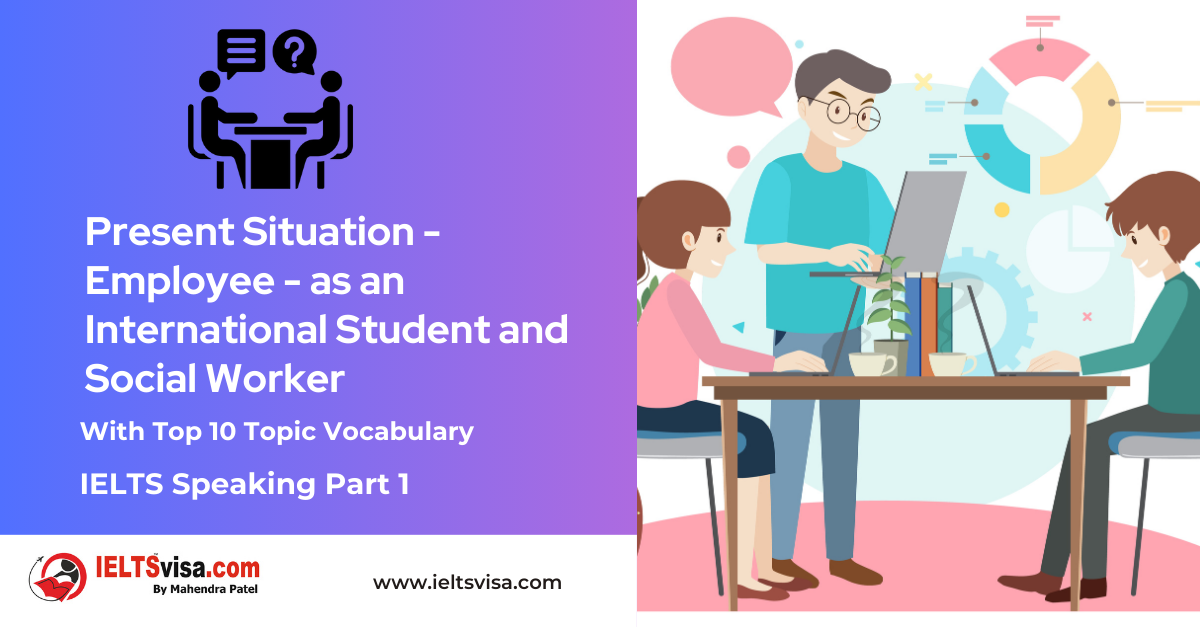Appendix
Grammar for IELTS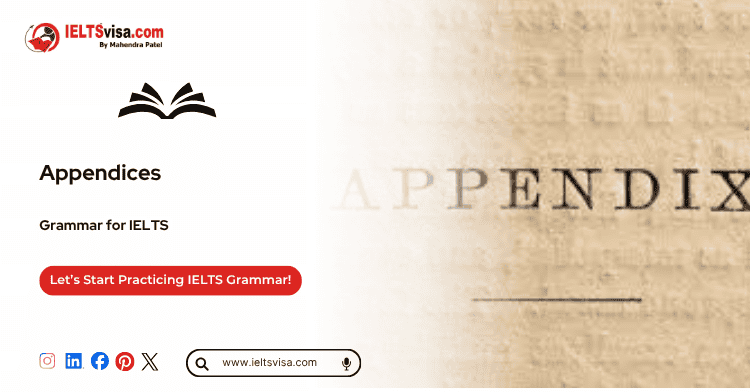
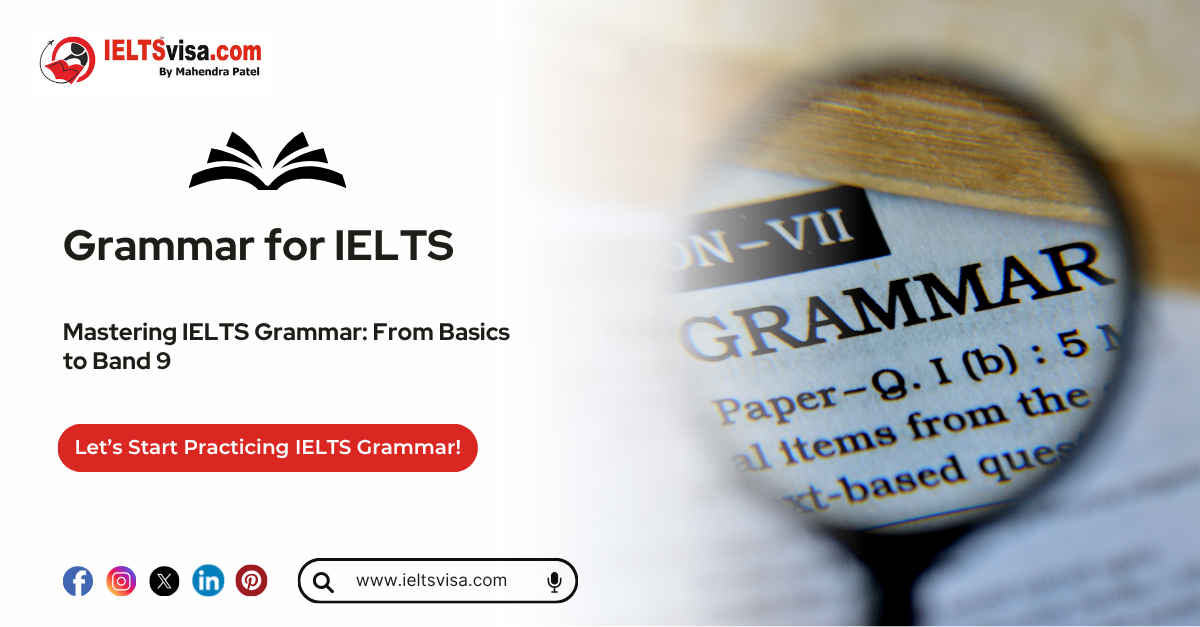
Appendices
Appendices are an essential part of many documents, including academic research papers, reports, and professional manuals. They serve as supplementary sections to provide additional information that supports, but does not clutter, the main content. In this comprehensive guide, you’ll learn everything about appendices—their purpose, structure, and proper usage in professional and academic writing.
Table of Contents
1. What Is an Appendix?
2. Purpose of Appendices
3. Types of Information Included in Appendices
4. How to Format Appendices
5. Appendices in Academic Writing
6. Appendices in Business and Professional Reports
7. Key Elements of an Effective Appendix
8. Examples of Appendices
9. Common Mistakes to Avoid
10. Best Practices for Creating Appendices
11. FAQs on Appendices
1. What Is an Appendix?
An appendix is a supplementary section at the end of a document that includes additional details, data, or resources that enhance the main content. It allows readers to delve deeper into certain topics without interrupting the flow of the primary text.
Definition
-
- Merriam-Webster Dictionary: “An appendix is supplementary material usually attached at the end of a piece of writing.”
- Oxford Learner’s Dictionary: “An appendix is a section giving extra information at the end of a book or report.”
2. Purpose of Appendices
Appendices are included in documents to:
1. Provide additional details without overwhelming the main text.
2. Include supporting evidence such as raw data, calculations, or transcripts.
3. Provide visual aids such as charts, graphs, or maps.
4. Refer to external materials, such as codes, questionnaires, or glossary terms.
5. Improve the readability of the main content by keeping it concise.
3. Types of 00 Included in Appendices
An appendix can contain various types of information depending on the document’s purpose. Here are some examples:
Academic Writing0
-
- Survey results
- Data tables
- Interview transcripts
- Mathematical proofs
Professional Reports
-
- Detailed charts or graphs
- Raw data and calculations
- Company policies
- Technical specifications
Books and Manuals
-
- Glossaries
- Historical context
- Additional resources
- Bibliographies
4. How to Format Appendices
General Formatting Rules
1. Location: Appendices are placed after the main content and before the bibliography or references section.
2. Title: Each appendix must have a clear title, such as Appendix A: Survey Results.
3. Numbering/Labeling: Use alphabetical (Appendix A, Appendix B) or numerical labels (Appendix 1, Appendix 2).
4. Consistency: Maintain uniform formatting across all appendices.
5. Reference in Text: Mention appendices within the main content to guide readers.
Structure
-
- Introduction: Briefly explain the content.
- Main Content: Present data, visuals, or supporting materials.
- References: Cite sources if applicable.
5. Appendices in Academic Writing
In academic documents, appendices enhance credibility by providing evidence to back up arguments.
Examples of Appendices in Academic Writing
Thesis/Dissertation:
-
- Raw data supporting research findings.
- Interview transcripts.
- Ethical approval forms.
Research Papers:
-
- Methodological details.
- Additional statistical analysis.
- Supplementary figures or tables.
6. Appendices in Business and Professional Reports
In business documents, appendices ensure clarity by including detailed information without overwhelming the main content.
Examples of Appendices in Reports
-
- Financial data or projections.
- Organizational charts.
- Legal documents or contracts.
- Detailed methodologies for project plans.
7. Key Elements of an Effective Appendix
Clarity
-
- Provide clear headings for each section.
- Use plain language to ensure accessibility.
Relevance
-
- Include only information that directly supports the main content.
Visual Aids
-
- Use charts, graphs, and images to make complex data more comprehensible.
Citations
-
- Properly cite all referenced sources within the appendix.
8. Examples of Appendices
Example 1: Survey Results
Appendix A: Survey Results
Question: What is your preferred mode of transportation?
-
-
- Car: 45%
- Bicycle: 30%
- Public Transport: 25%
-
Example 2: Financial Data
Appendix B: Quarterly Financial Summary
|
Quarter |
Revenue ($) |
Expenses ($) |
Profit/Loss ($) |
|
Q1 |
1,000,000 |
700,000 |
300,000 |
|
Q2 |
1,200,000 |
800,000 |
400,000 |
9. Common Mistakes to Avoid
1. Overloading Appendices: Avoid including irrelevant or excessive information.
2. Poor Organisation: Use headings and subheadings to enhance clarity.
3. Lack of Reference: Ensure every appendix is mentioned in the main text.
4. Inconsistent Formatting: Maintain uniform font size and style.
10. Best Practices for Creating Appendices
1. Plan Ahead: Identify what supplementary information to include early in the writing process.
2. Be Concise: Keep the content in the appendix concise and relevant.
3. Use Visuals: Incorporate tables, charts, and images to enhance understanding.
4. Review and Edit: Ensure accuracy and alignment with the main content.
FAQs on Appendices
Q1. What is the main purpose of an appendix?
An appendix provides supplementary information that supports the main content without distracting readers.
Q2. How do you reference an appendix in a document?
Reference an appendix by its label (e.g., “Refer to Appendix A for survey results”).
Q3. Can a document have multiple appendices?
Yes, documents can have multiple appendices. Label them clearly as Appendix A, Appendix B, and so on.
Q4. Should appendices be included in the table of contents?
Yes, if the document has a table of contents, the appendices should be listed for easy navigation.

Our Books
Master IELTS Speaking Part 1
IELTS Writing Task 1 Book
IELTS Writing Task 2 Book
Practice IELTS Other Modules
IELTS Listening
The IELTS Listening test assesses how well you can understand spoken English in various contexts. It lasts about 30 minutes and is divided into four sections with a total of 40 questions. The listening tasks become increasingly difficult as the test progresses.
IELTS Academic Reading
The IELTS Academic Reading section assesses your ability to understand and interpret a variety of texts in academic settings. It is designed to evaluate a range of reading skills, including skimming for gist, reading for main ideas, reading for detail, understanding inferences, and recognizing a writer's opinions and arguments.
IELTS Speaking
The IELTS Speaking test assesses your ability to communicate in English on everyday topics. It lasts 11-14 minutes and consists of three parts: introduction, cue card, and a discussion based on the cue card topic.
IELTS General Reading
IELTS General Reading tests your ability to understand and interpret various types of texts. Here are some key areas and types of content you can expect to encounter in the reading section, along with tips for effective preparation.
IELTS Academic Writing Task 1
In IELTS Academic Writing Task 1, you are presented with a visual representation of information, such as graphs, charts, tables, or diagrams, and you are required to summarize, compare, or explain the data in your own words.
IELTS General Writing Task 1
In IELTS General Writing Task 1, you are required to write a letter based on a given situation. The letter can be formal, semi-formal, or informal, depending on the prompt. Here’s a breakdown of the key components to include in your letter
IELTS Academic Writing Task 2
In IELTS Academic Writing Task 2, you are required to write an essay in response to a question or topic. Here’s a guide to help you understand the essential elements of this task
IELTS Exam Tips
To succeed in the IELTS exam, practice regularly, familiarize yourself with the test format, improve your vocabulary, develop time management skills, and take mock tests to build confidence.
Grammer for IELTS
Grammar is the foundation of effective communication in English. Understanding tense usage, subject-verb agreement, and sentence structure enhances clarity and coherence in writing and speaking.
Vocabulary for IELTS
Vocabulary plays a crucial role in the IELTS (International English Language Testing System) exam, especially in the Speaking and Writing sections. Here’s an overview of why vocabulary is important and how it impacts your performance
RECENT IELTS SAMPLES QUESTIONS AND ANSWERS
IELTS Speaking Part 1 – Favourite Sujbect – Physics
IELTS Speaking Part 1 - Favourite Sujbect - Physics Q: What is your favourite subject? A: My favourite subject...
IELTS Speaking Part 1 – Present Situation (Student)
IELTS Speaking Part 1 - Present Situation (Student) Q1: Are you a student or do you work?A: I’m a full-time...
IELTS Speaking Part 1 – Present Situation – Employee – as an International Student and Social Worker
IELTS Speaking Part 1 - Present Situation - Employee - as an International Student and Social Worker Q1: Are...
IELTS Speaking Part 1 – Persent Situation – Employee- as an Electric Engineer
IELTS Speaking Part 1 - Persent Situation - Employee- as an Electric Engineer Q1: What do you do for a...
IELTS Speaking Part 1 – Persent Situation – Employee – as an Software Engineer
IELTS Speaking Part 1 - Persent Situation - Employee - as an Software Engineer Q1: What do you do for a...
IELTS Speaking Part 1 – Persent Situation – Married
IELTS Speaking Part 1 - Persent Situation - Married Q1: Are you married?A: Yes, I am married. My spouse and I...

